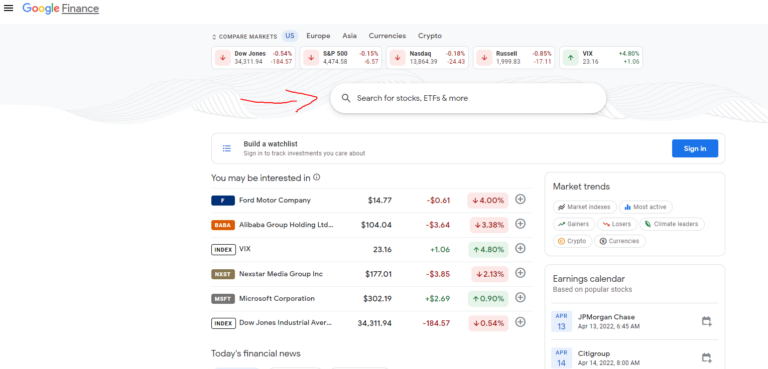Debit Spread vs Credit Spread: Which One is Right for You?
Debit Spread vs Credit Spread: Which One is Right for You? Options trading can be a complex and risky endeavor, but it can also be a very profitable one. One of the most popular options strategies is the spread, which involves simultaneously buying and selling options of the same type (calls or puts) on the same underlying security with different strike prices. There are two main types of spreads: debit spreads and credit spreads.

Debit Spread vs Credit Spread: Which One is Right for You?
In this blog post, we will discuss the key differences between debit spreads and credit spreads, and help you decide which one is right for you.
What is a Debit Spread?
A debit spread is an options strategy that involves buying a lower-priced option and selling a higher-priced option with the same expiration date and underlying security. The investor pays a net debit to enter into the spread, which is the difference between the premiums paid for the two options.
Debit spreads are typically used to limit the risk of an options trade. For example, an investor might buy a debit spread if they are bullish on a stock but are concerned about a sharp decline in the price. The debit spread will limit the investor’s losses if the stock price declines, but it will also limit the potential profits if the stock price rises sharply.
What is a Credit Spread?
A credit spread is an options strategy that involves selling a lower-priced option and buying a higher-priced option with the same expiration date and underlying security. The investor receives a net credit to enter into the spread, which is the difference between the premiums received for the two options.
Credit spreads are typically used to generate income from options trading. For example, an investor might sell a credit spread if they are bearish on a stock but are not expecting a sharp decline in the price. The credit spread will generate income for the investor as long as the stock price remains below the strike price of the short option.
How Do Debit Spreads and Credit Spreads Work?
The profit and loss (P&L) profiles of debit spreads and credit spreads are very different.
- Debit Spreads: The P&L profile of a debit spread is linear. This means that the investor’s profits and losses increase in direct proportion to the movement of the underlying security. For example, if the underlying security price increases by $1, the investor will make a profit of $1 per spread.
- Credit Spreads: The P&L profile of a credit spread is capped. This means that the investor’s profits are limited, but their losses can be unlimited. For example, if the underlying security price declines by $1, the investor will lose the entire premium they paid for the spread. However, if the underlying security price rises above the strike price of the short option, the investor will lose money on the spread.
When to Use a Debit Spread
Debit spreads are a good option for investors who want to limit their risk while still participating in the upside potential of an underlying security. Debit spreads can also be used to hedge against losses on an existing position.
Here are some examples of when you might want to use a debit spread:
- You are bullish on a stock but are concerned about a sharp decline in the price.
- You want to limit your losses on an existing long position.
- You want to generate income from options trading.
When to Use a Credit Spread
Credit spreads are a good option for investors who want to generate income from options trading without taking on a lot of risk. Credit spreads can also be used to hedge against gains on an existing position.
Here are some examples of when you might want to use a credit spread:
- You are bearish on a stock but do not expect a sharp decline in the price.
- You want to generate income from options trading.
- You want to hedge against gains on an existing short position.
Conclusion
Debit spreads and credit spreads are two different options strategies that can be used to achieve different goals. Debit spreads are typically used to limit risk, while credit spreads are typically used to generate income. By understanding the key differences between these two strategies, you can choose the one that is right for you.
You May Like: Interest-Only Retirement: A Viable Option for Retirees?
I hope this blog post has helped you understand the key differences between debit spreads and credit spreads. Please Don’t forget to share this post with your friends!





